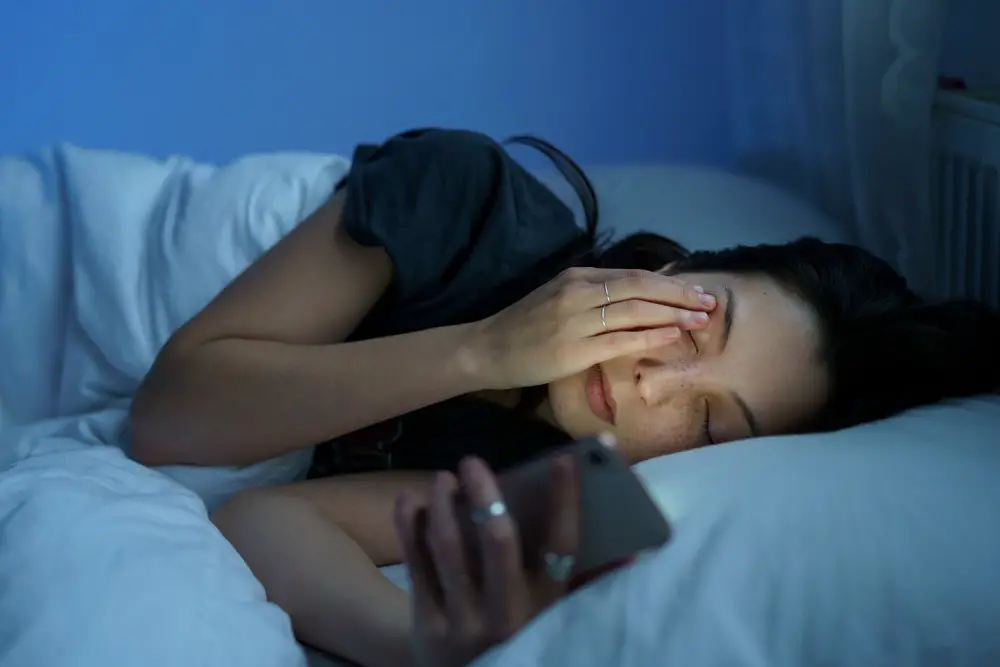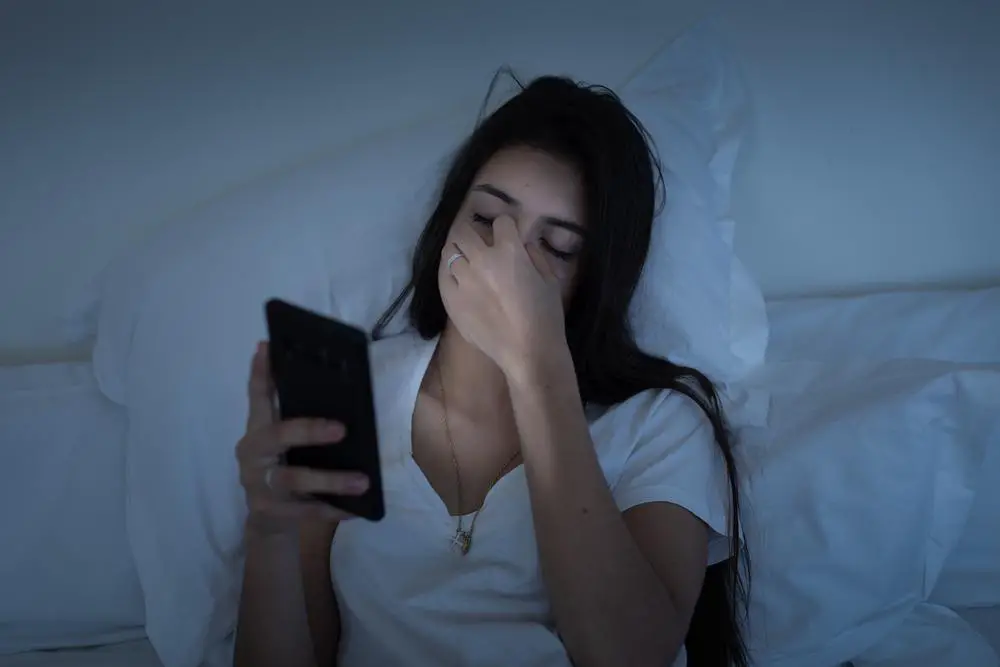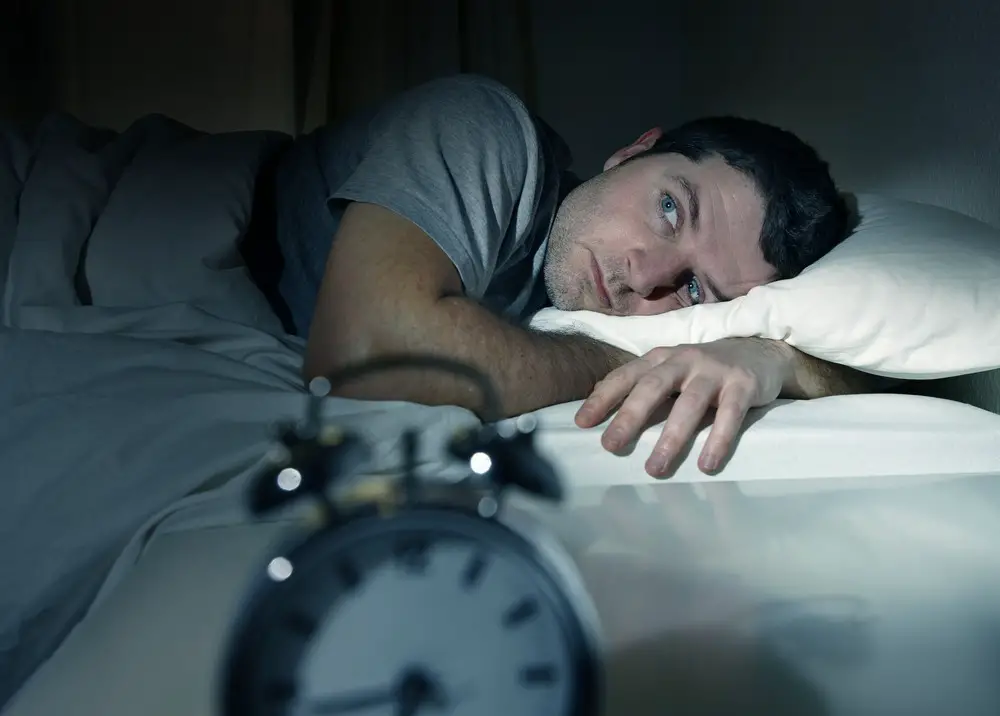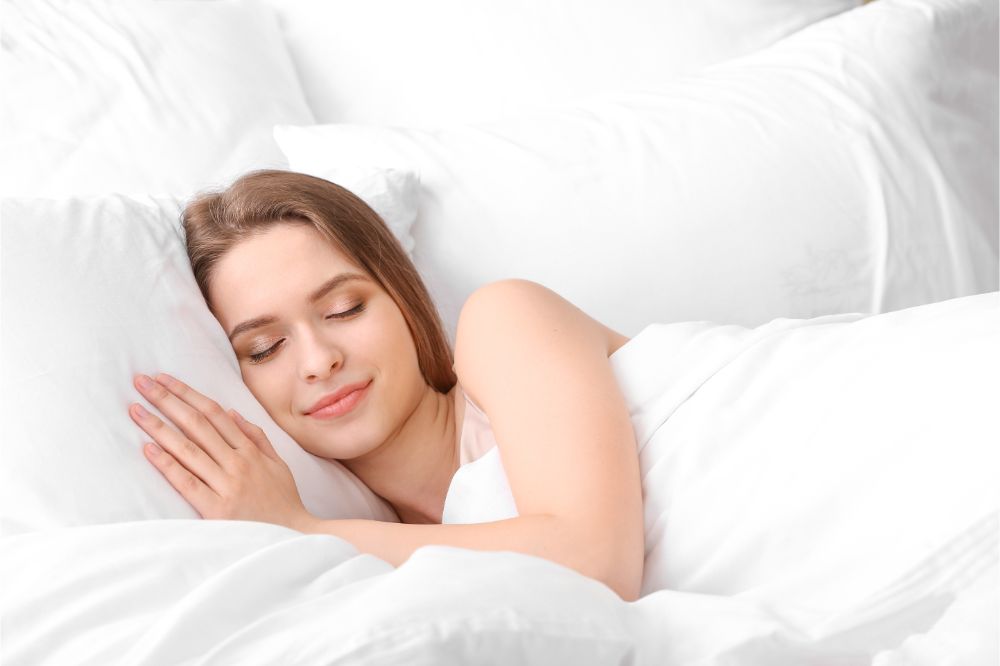Getting a decent night’s sleep in our fast-paced digital age, where screens rule our daily lives, has become more challenging. The culprit? Blue light is emitted from our beloved electronic devices. Research suggests that exposure to blue light before bedtime can disrupt our circadian rhythm, making it difficult to fall asleep and enjoy quality rest. Fortunately, there are practical steps we can take to counteract the effects of blue light and improve our sleep. This comprehensive guide will explore strategies, from sleep-friendly lighting to lifestyle adjustments, helping you reclaim the restful nights you deserve.
Sleep-Friendly Lighting
One effective way to mitigate the impact of blue light on your sleep is to invest in sleep-friendly lighting solutions. Traditional light bulbs and electronic devices emit significant amounts of blue light, tricking our brains into thinking it’s daytime. Consider replacing your standard bulbs with alternatives designed to reduce blue light exposure to counteract this. There are amber, red light bulbs or other low-blue light bulbs, so you can rest easy knowing that your skin is entirely shielded from circadian-disrupting artificial light at night, as seen on the blockbluelight.com website. By making this simple switch, you’re taking a proactive step toward creating a sleep-friendly environment in your home.
The Science Behind Blue Light
The science behind blue light sheds light on its profound impact on our circadian rhythm and sleep-wake cycles. Blue light, with its shorter wavelength and higher energy, plays a pivotal role in influencing melatonin production, the hormone responsible for regulating our sleep patterns. When exposed to blue light, especially in the evening, our bodies interpret it as daylight, suppressing melatonin production and signaling to the brain that it’s not yet time to sleep. This disruption to our natural circadian rhythm can lead to difficulty falling asleep and obtaining restorative rest. Understanding this intricate connection allows us to make informed choices about our exposure to blue light, guiding us toward creating environments that support a healthy and balanced sleep-wake cycle.
Digital Devices and Sleep

Digital devices have become integral to our daily lives, but their influence on our sleep cannot be overlooked. The screens of smartphones, tablets, and computers emit significant amounts of blue light, which can interfere with our natural sleep-wake cycle. Exposure to this artificial light, especially in the evening, suppresses melatonin production, making it challenging to wind down and fall asleep. To mitigate the impact of digital devices on our sleep, it’s advisable to establish a digital curfew, powering down these devices at least an hour before bedtime. Many devices now come equipped with blue light filters, allowing users to adjust the color temperature of their screens to minimize the disruptive effects of blue light. By being mindful of our digital habits and incorporating these adjustments into our nightly routine, we can create a healthier sleep environment and pave the way for more restful nights.
Creating a Sleep-Conducive Bedroom
Beyond addressing blue light exposure, the overall ambiance of your sleep space significantly enhances sleep quality. Opt for calming, neutral colors on the walls and bedding to foster a serene atmosphere. Avoid stimulating patterns or vibrant hues that may disrupt the tranquility of the space. Consider investing in blackout curtains to eliminate external light sources, ensuring a dark and peaceful environment conducive to sleep. Moreover, declutter your bedroom to reduce distractions and create a sense of order and calmness. By paying attention to these details and transforming your bedroom into a haven of relaxation, you set the stage for a more restful and rejuvenating sleep experience.
Establishing a Consistent Sleep Schedule
Our bodies thrive on routine, and the circadian rhythm, our internal biological clock, appreciates regularity. By adhering to a consistent bedtime and wake-up time, even on weekends, you synchronize your body’s internal clock, making it easier to fall asleep and wake up naturally. This practice helps regulate the release of melatonin, the sleep hormone, promoting a smooth transition into a restful slumber. Furthermore, a consistent sleep schedule enhances the overall efficiency of your sleep, ensuring you experience the different sleep cycles essential for physical and mental rejuvenation. Maintaining this discipline might seem challenging in the hustle and bustle of modern life. Still, the benefits—improved mood, enhanced cognitive function, and increased energy levels—are worth the effort. So, embark on the journey of setting a sleep schedule, and watch as your nights become more restful, contributing to a healthier and more vibrant lifestyle.
You can reclaim control over your sleep quality by incorporating sleep-friendly lighting, embracing the science behind blue light, managing digital device use, creating a sleep-conducive bedroom, and establishing a consistent sleep schedule. Remember, it’s not just about the quantity of sleep but the quality that matters. So, bid farewell to restless nights and embrace the restorative power of a well-deserved good night’s sleep. Sweet dreams await!
- Stress vs Anxiety: Understanding the Key Differences - February 19, 2024
- Healing Wounds: How Family Therapy Can Address Past Trauma and Pain - February 19, 2024
- Healthy Ways to Cope with Pressure and Stress in a Fast-Paced World - February 19, 2024
This site contains affiliate links to products. We will receive a commission for purchases made through these links.



